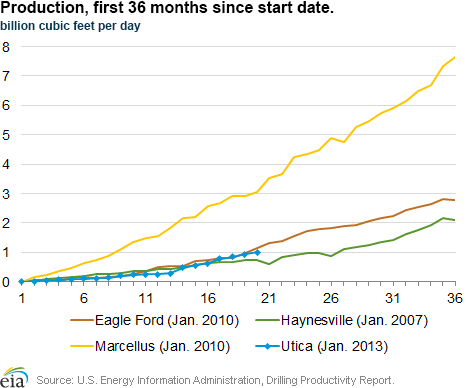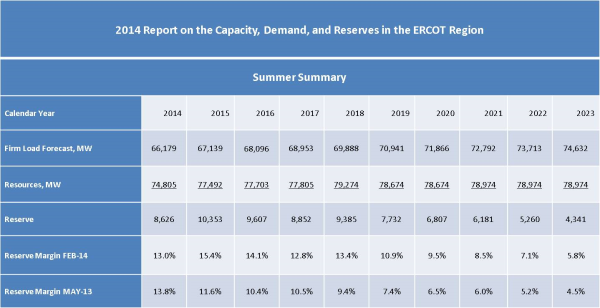During the fall, meteorologists sharpen their assumption to build their probability weighted winter weather forecast scenarios. From an energy perspective, this is also a critical time of the year. Since it is typically a period of low energy demand, there tend to be seasonal dips that provide good buying opportunities in natural and electricity. This year though, natural gas prices have been seesawing since mid-July 2014 due to the following reasons:
Topics: Heating Season\, Polar Vortex, Texas Energy, forward curve, winter strip, spot price, energy risk management, energy sourcing, Acclaim Energy Advisors, energy management consulting, energy, energy procurement, weather outlook, reliable energy, energy costs, power generation, Weekly Energy Insights, natural gas, Event, energy management, energy management consultants, strategic energy sourcing, reserve margin, Price Spike, energy blog, power outages, Natural Gas Supply, price volatility, reserve, report, energy storage, NG Demand, seasonal drought, energy supply, EIA, Texas, Winter Weather, U.S. energy, NG, forecasting, refueling season, NG contract
A brutal cold start of the year has been followed by moderate temperatures across the country. Natural gas prices have risen significantly since early January 2014, as inventories were being depleted at a faster than normal rate due to higher than normal heating demand. Nevertheless, record production and tepid demand after the spring months triggered a massive selloff in mid-June 2014, with the front month losing more than 20 percent to date. Early concerns of tight supply conditions ahead of the next heating season have eased due to weekly record or near-record injections. Electricity prices have also plunged not only because of the recent drop in natural gas prices, but also because of a drop in heat rates. In Texas, peak load had not been this low in June and July since 2010. Low electricity demand has depressed spot and forward heat rates.
Topics: energy risk management, energy sourcing, Acclaim Energy Advisors, risk management, energy procurement, weather outlook, reliable energy, demand response, energy reliability, power generation, Weekly Energy Insights, natural gas, Event, economic demand response, energy management, energy management consultants, strategic energy sourcing, Hurricane Season, reserve margin, energy price spikes, renewable energy, Price Spike, energy blog, power outages, Natural Gas Supply, price volatility, reserve, report, energy efficiency, mild weather, energy storage, NG Demand, seasonal drought
ERCOT's Latest CDR Report Shows Higher Reserve Margins: How Will This Affect Regulatory Policy?
Posted by Jennifer Chang on Mar 5, 2014 10:15:00 AM
On Friday, February 28, ERCOT published its 2014 Capacity, Demand and Reserves (CDR) report. Resource adequacy has been at the forefront of ERCOT’s electricity policy debate. Forecasting future demand is critical for planning purposes to determine how much generation will be needed in future years to meet peak demand. Resource adequacy concerns have prompted the PUCT to approve mechanisms that increase the duration and frequency of scarcity pricing signals in ERCOT to support adequate generation development in the state. One measure, that has also encouraged some Commercial and Industrial customers to take advantage of higher prices through prices response (load shedding and Distributed Generation (DG) dispatch), is the October 2012 decision to increase the system-wide offer cap to the following levels, effective on the dates below:
Topics: ERCOT, risk management, Energy Solutions, energy procurement, demand response, energy reliability, power generation, Weekly Energy Insights, reserve margin, energy price spikes, energy blog, reserve, report, energy efficiency, U.S. energy, PUCT, forecasting, CDR, capacity, demand, load shedding, distributed generation, scarcity pricing, current outlook





